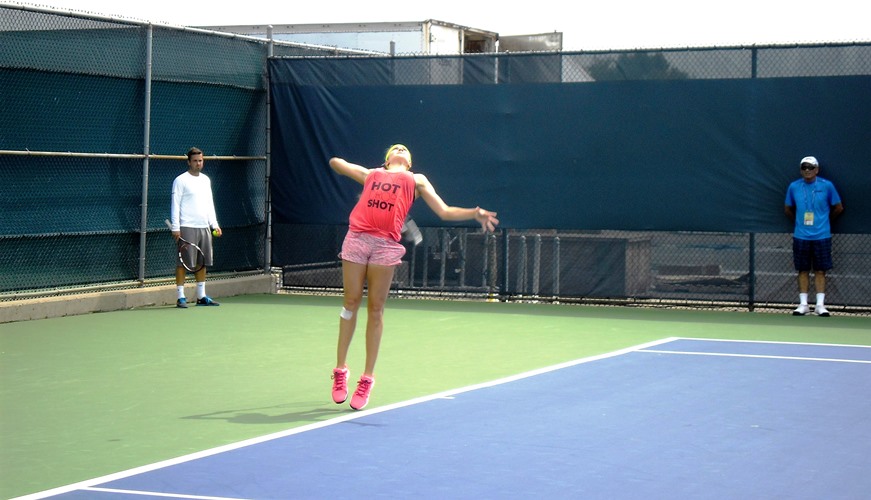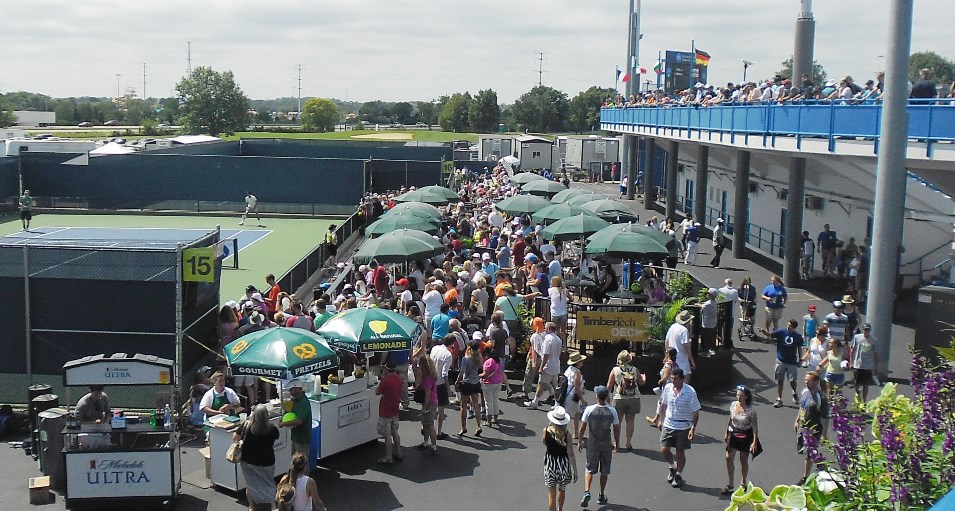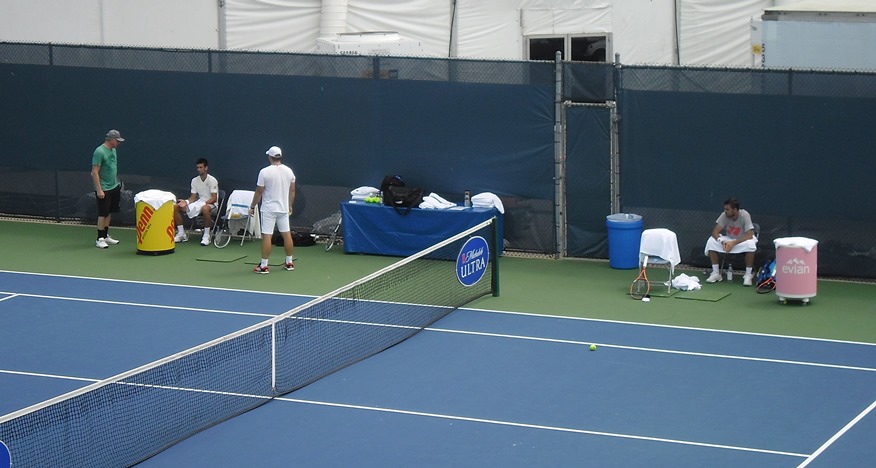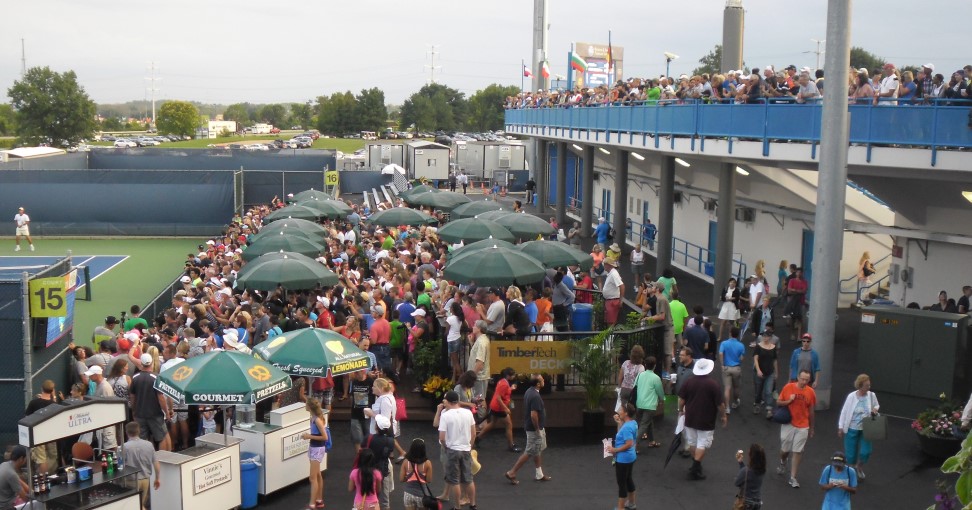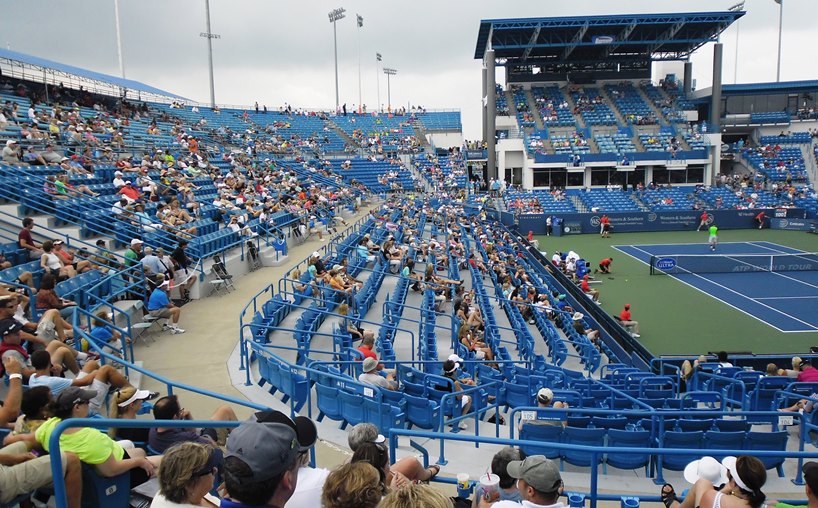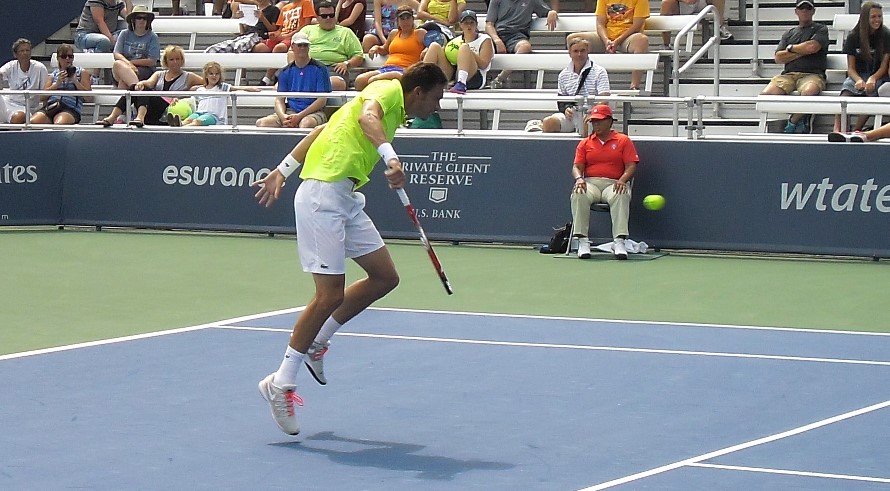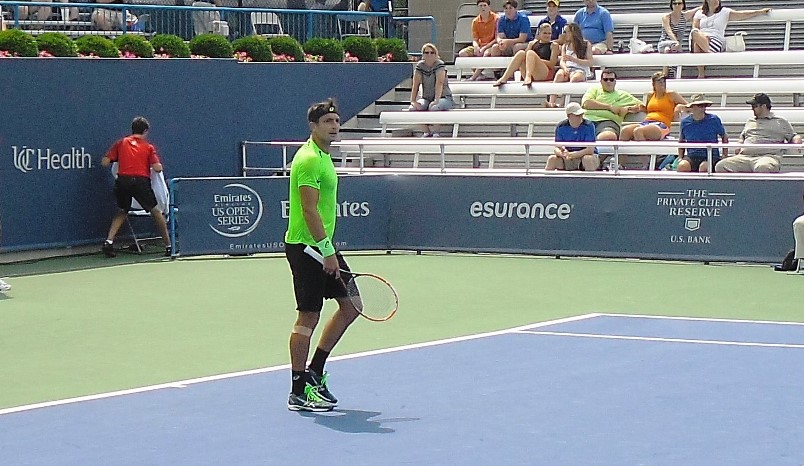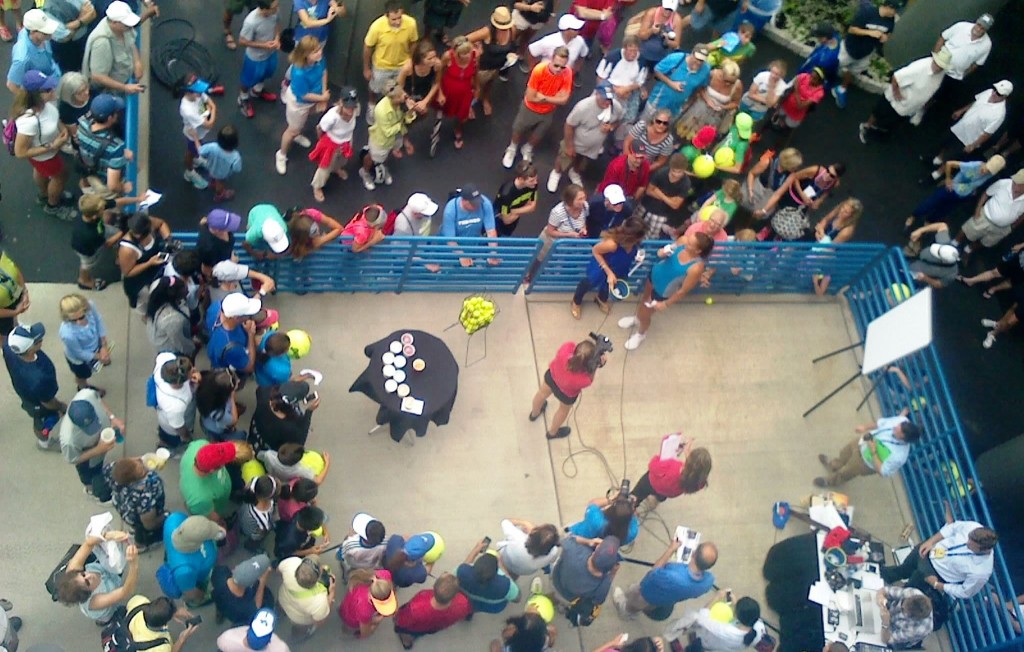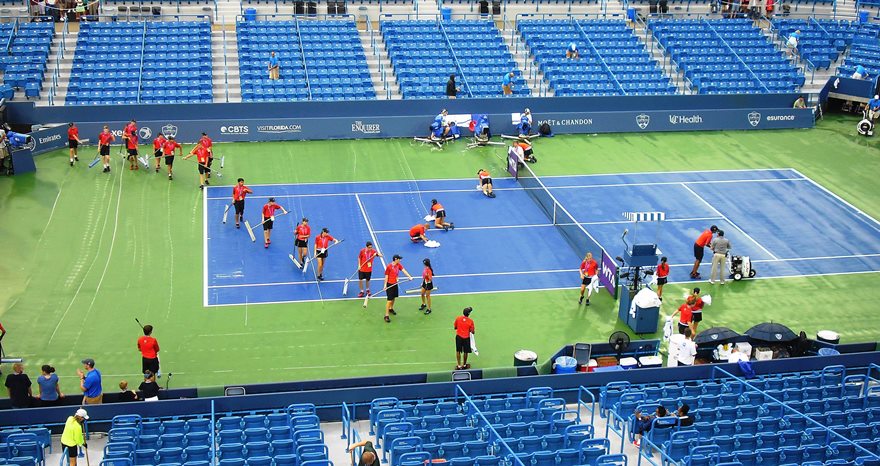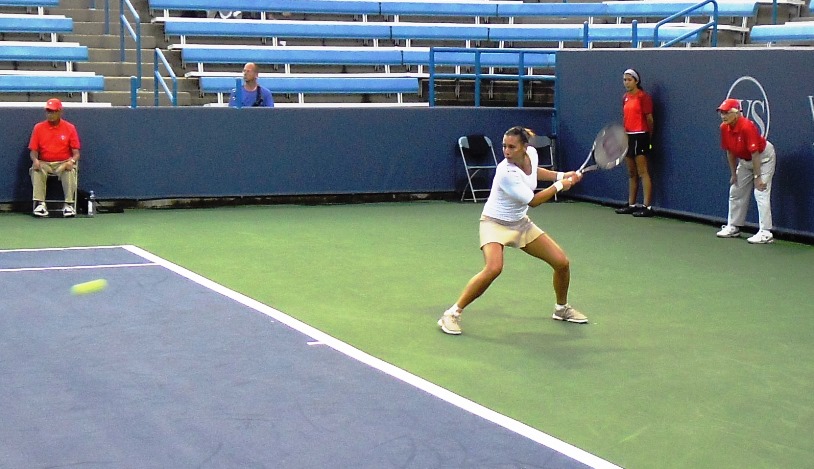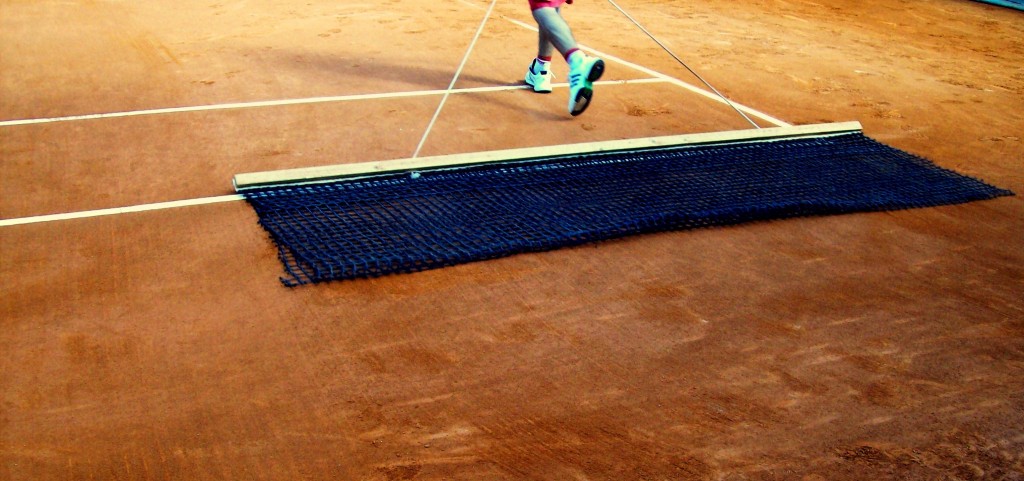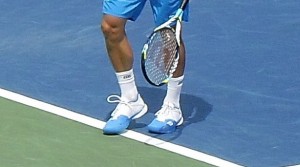Is it Rod Laver, Pete Sampras, Bjorn Borg, Rafael Nadal, or Roger Federer? Will Novak Djokovic soon be added to the list? In any case, the Greatest of All-Time (GOAT) debate has been alive since the mid-1990s and furiously kicking since the second half of the 2000s. While the debate has mobilized some intriguing research with regards to the history of men’s tennis in the Open era and stirred considerable passion for the sport, the partisanship in the debate has in many ways hurt the objectivity of the public opinion.
The most glaring examples of this “my-guy-must-be-the-greatest” anxiety come in the form of invented or overrated categories that have, in reality, no businesss in the GOAT debate if reason and objectivity were to prevail. This article will not make a case for any one player; instead, it will attempt to foreground the problems of partisanship’s over-involvement in the debate by pinpointing to a few of those artificially created measuring sticks.
Davis Cup Titles
This is one category that has no place in the GOAT debate, yet through the “if-repeated-enough-people-will-swallow” tactic, it has made its way into the debate as many times as it should have never been a part of it. First of all, no player wins the Davis Cup, officially or unofficially. In the tennis record books, you don’t see that “Borg has won the Davis Cup”; instead, it reads that Sweden has won it. Second, this category is not only inaccurate, but also non-existent. It was born out of the desire of John McEnroe fans back in the early 1980s to lift their player above his main American rival, Jimmy Connors, who regularly snubbed the Davis Cup, and further strengthened in the late 2000s by the wishes of the fans of players other than Federer, with the aim to place their chosen player ahead of Federer in the debate.
There is no doubt that when a player wins both his singles and doubles matches, he plays a major role in his team’s march to the Davis Cup title (for example Borg in 1975, and McEnroe in 1982); but “he” does not win the title! There are four players and a captain on the team, contributing to the victory, and the country’s name goes on the records as having won the title. A player wins two matches maximum by himself, which is neither enough to win a single tie nor to win a title.
The fans of this category somehow try to paint a portrait that shows their man winning the tie/title by themselves, which shows disrespect to the team and the country since on the Cup the country’s name is carved and not the player’s name. It also inaccurately assumes that a particular doubles competition — that of the Davis Cup encounter on the middle Saturday — somehow has more value than any other doubles matches or titles. Doubles play no role in the GOAT debate. If it did, one would need to include Bob Bryan and Mike Bryan individually in the debate since they would then have more Major titles to their names than Sampras or Nadal and more Grand Slams to their names than any other player in the Open era (not to mention their Davis Cup titles — not the USA’s!), and John McEnroe would be looking better than ever with a total of 16 Majors and several Davis Cup titles.
But this is not how the GOAT debate operates because doubles’ results are not included in the debate. McEnroe’s doubles titles do not get weighed in when discussing his GOAT status versus Borg or Andre Agassi. Whether doubles should be included or not, that is a debate for another day, but the way the GOAT debate is conducted today, doubles are basically a non-factor, thus so should the doubles match in Davis Cup, effectively erasing any illusion that a single player wins the Davis Cup. But again, one does not have to go that far to see that Davis Cup titles have no place as a measuring category in the GOAT debate. As noted earlier, it is a category that does not exist. A country, not a player, wins the Davis Cup, and so it goes into the records, period.
Major Titles
This is the most ironic category in the sense that the same group of experts who pushed this category’s rise to the dominant category in the determination of the GOAT probably now regret that they ever did it. While this is certainly not an invented category and should definitely contribute to determining the GOAT, the impression that exists today that this has always been the determinant category could not be more false.
In the 1970s and 1980s, accolades such as the number of Majors won in succession, the amount of time spent at No. 1, and achieving the Grand Slam outclassed the number of Majors won as far as the players and fans were concerned. From mid-1970s to mid-1980s, most top players did not even play the Australian Open, simply because its timing was odd and it was considered too far away. Borg openly said that he would only consider playing the Australian Open if he won the U.S. Open and had a chance to complete the Grand Slam. He never won the U.S. Open, thus he never played the Australian Open, except one time in 1973 as a youngster. As a result, he won 11 Majors in eight years, playing only three of them per year. McEnroe played the Australian Open for the first time in 1983, and Jimmy Connors never played it after 1975.
The importance of Majors won got put on a pedestal when Pete Sampras began collecting Majors in the 1990s. The American media galvanized its viewers once they saw that one of their own could come out of the shadows of Borg and Laver that Connors and McEnroe could never quite surpass, and grab the GOAT title by focusing on the number of Majors he won. Well-known tennis commentators on the American TV quickly reduced all statistics-related discourse to the number of Major titles.
By using this narrative, they saw the means to quicken the process of officially naming their man the GOAT. As soon as Sampras surpassed Borg’s 11 Slam titles, he was essentially declared the GOAT; the 13th and 14th titles were the icing on the cake. The American media clung on the number of Majors as long as it could, in the name of keeping an American as the GOAT. The reality was that by the time Roger Federer won his 12th and 13th Major, his list of accomplishments was already superior to that of Sampras, including titles on a surface that Sampras never came close to mastering. But all that mattered was the number 14, and the American media reminded the public at each opportunity, through eye-catching graphics and colorful vocabulary, that Sampras was still the GOAT due to his 14 Majors.
The irony is, several years later, what Federer fans considered a farcical tactic to keep their man behind Sampras in the GOAT debate became their biggest asset when their man began collecting loss after loss against his main rival Nadal. It seems that in the next couple of years, the number of Majors will remain Federer fans’ biggest ally. Once again, the partisanship in the GOAT debate has accorded a category more importance than it deserves. The number of Majors won was not the most important category for two and a half decades into the Open era.
Even after two decades of a powerful push by the American-led tennis media, the number of Majors should still not be the central factor in determining the GOAT. Sampras should not have kept the GOAT status when Federer had 12 or 13 Majors, and Federer should not keep the GOAT status simply because Nadal’s titles (possibly) remain below 17. On a similar note, I would not hesitate to already put Nadal ahead of Sampras, albeit by a small margin, even though the latter has more Majors to his name. Nadal’s ability to win on all surfaces and his career Grand Slam, along with his record as the most Masters Series titles should at least be enough to trump Sampras’ one more Major over Nadal.
Head-to-Head
While this category shows who you may pick in a match between two players if your life depended on it, it does not say much about which player should be considered in a higher status than the other in the GOAT debate. A given player becomes great not by consistently beating one player, but by consistently outperforming the rest of the field against which he is competing. Once again, this is an invented category that Nadal fans cling on to due to their player’s fantastic head-to-head record against Federer.
Currently, it will matter in roundtable debates since both players are active and their fans can banter on message boards and blogs. But tennis historiography shows that, twenty years from now, it will matter very little. Guillermo Vilas, the player that history considers as one of the top 5 clay court players in the Open era had a 5-8 record on clay against Manuel Orantes, with one of the five wins coming in a walk-over, and another on an abandoned match. Despite this one-sided head-to-head record, history would hardly consider Orantes a better clay-court player than Vilas. Would anybody consider Vitas Gerulaitis ahead of Ilie Nastase in the ranking of the best players in the Open era? I hardly doubt it and so would most tennis historians. Yet, Gerulaitis had a crushing 10-1 record against Nastase, simply because he would endlessly chip-and-charge to Nastase’s backhand force ‘Nasty’ to use his weakest shot to pass him, the one-handed backhand topspin off of a slice that stays extremely low. The bottom line is that history accords, and rightfully so, very little importance to the head-to-head record between two players. Tennis rankings are not determined by how well a specific player does against another specific player; they are determined by how a player performs against the rest of the ensemble of ATP players.
I am sure others can find more frivolous, overrated, or invented ‘false’ categories if needed. The truth is that partisanship consistently hurts the older players on the hand – how many ‘Laver fans’ or ‘Borg fans’ remain today compared to Nadal, Federer, or Djokovic fans? – and hinders analysis based on facts by diluting the debate with unhealthy emotions and inaccurate (and sometimes false!) data on the other. It is understandable that fans of particular players fall into this trap. After all, they have the right to be emotional, which is a major component of fandom. However, it is utterly worrisome that the leading figures in the tennis media fall into this trap and wrongly influence the public opinion.
